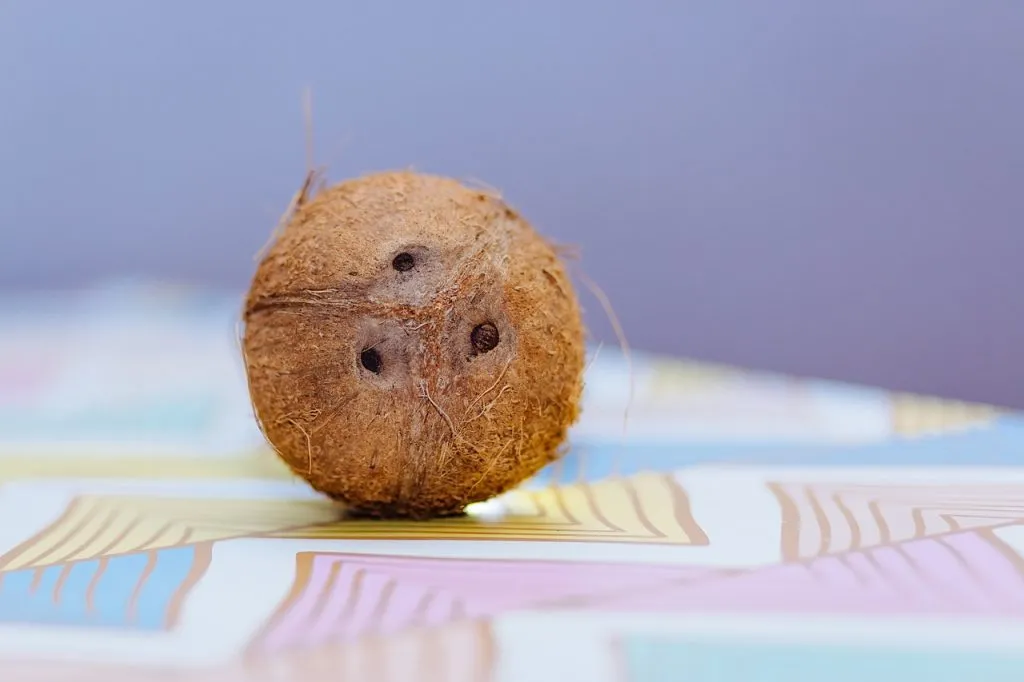Anyone who’s ever observed a coconut closely has likely noticed its three distinct dots or “eyes.” These markings aren’t just random; they have both biological and functional significance. Rooted in the coconut’s evolutionary anatomy, these eyes play a vital role in the seed’s germination process. They are not only unique in appearance, setting coconuts apart from other fruits and seeds, but also act as windows into the life cycle of this tropical marvel. The eyes serve as the coconut’s interaction points with its environment, with one of them, typically the softest, acting as the gateway for the sprouting plant. This design ensures the coconut’s resilience and adaptability, allowing it to thrive in diverse coastal habitats.
The Eyes of the Coconut
The three dots are often referred to as the “eyes” of the coconut. While they might seem similar, only one of these eyes, typically the softest, serves a primary function during germination.
Gateway to Life
When a coconut begins to sprout, the shoot emerges from one of these eyes, typically the softest and largest of the three, breaking through the hard shell to reach the soil. This soft eye is the access point for the sprouting coconut palm to start its journey as a new plant.
Culinary Convenience
For those who’ve ever tried to open a coconut at home, the eyes come in handy. By piercing the soft eye, one can drain the coconut water before cracking it open to access the meat inside.
A Natural Design
The eyes’ positioning is not accidental. Their arrangement at one end of the coconut allows it to float in a way that ensures the soft eye, the germination point, remains above water, preventing it from rotting when the coconut is dispersed by sea.
In essence, the three dots on a coconut serve both biological and practical purposes, representing nature’s remarkable design foresight.
Want to dive deeper into the coconut’s anatomy? Learn if coconuts are fruits or nuts. Or explore the often-asked question: Is the white part inside a coconut a seed?

